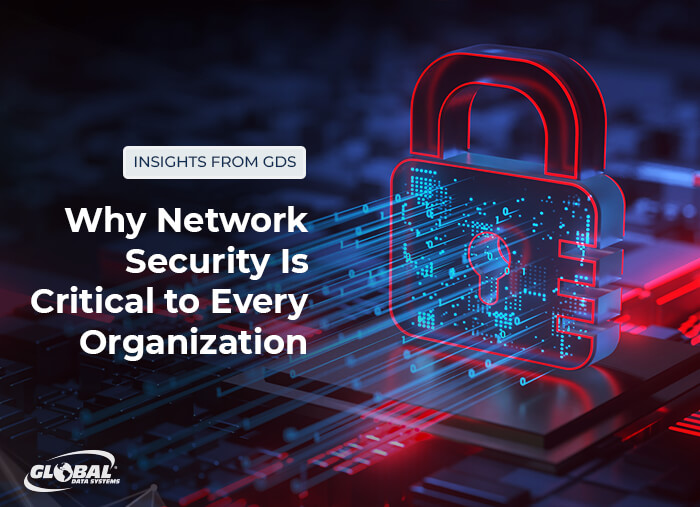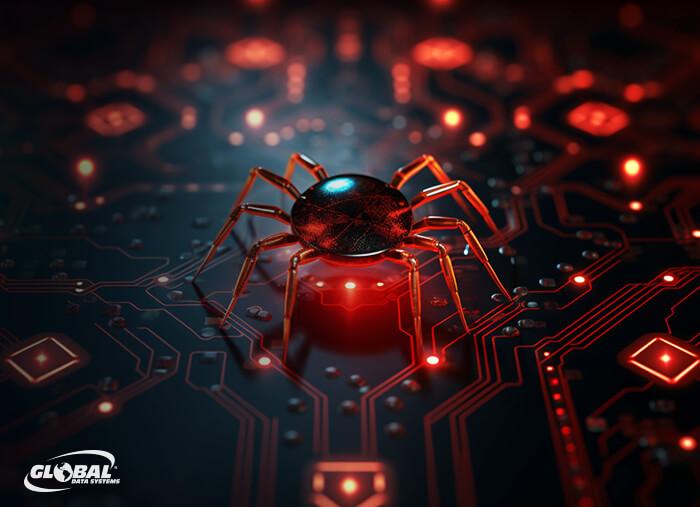An early August ransomware attack against a California-based network of healthcare organizations forced hospitals across four states to close their emergency rooms, divert patients to other facilities and take their computer systems offline. The attack on Prospect Medical Holdings is the latest in a concerning escalation of attacks on healthcare and other critical infrastructure sectors.
Cybersecurity
It’s estimated that more than 90 percent of U.S. businesses use social media to build brand awareness, engage with customers, conduct market research, and increase sales. Naturally, hackers have taken notice.
There’s one sure way to protect computer systems from cyberattacks — disconnect them from the network. Of course, that’s not feasible. Network connectivity is essential to business communications and operational processes.
Malicious software, or malware, is a scourge for computer systems everywhere. Analysts say there are more than 1 billion of these programs in the wild, infecting systems, stealing data and money, corrupting files, compromising identities and more.
A marked reduction in ransomware attacks last year seemed to signal that security teams and law enforcement officials had turned the tide against their cyber adversaries. That optimism was premature. The first half of 2023 has seen record numbers of ransomware attacks featuring much larger ransom demands, shifting data targets, and frequent use of double- and triple-extortion tactics.





